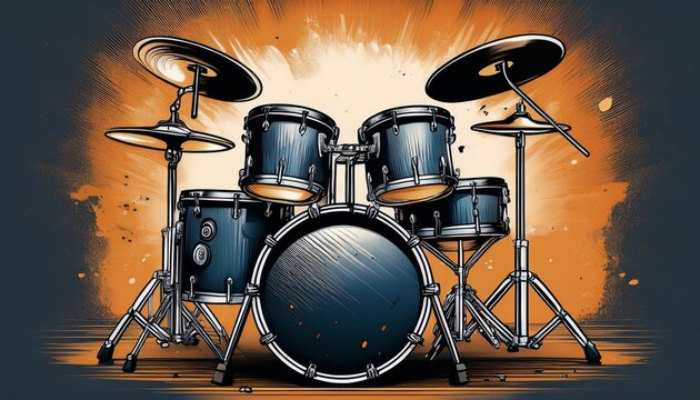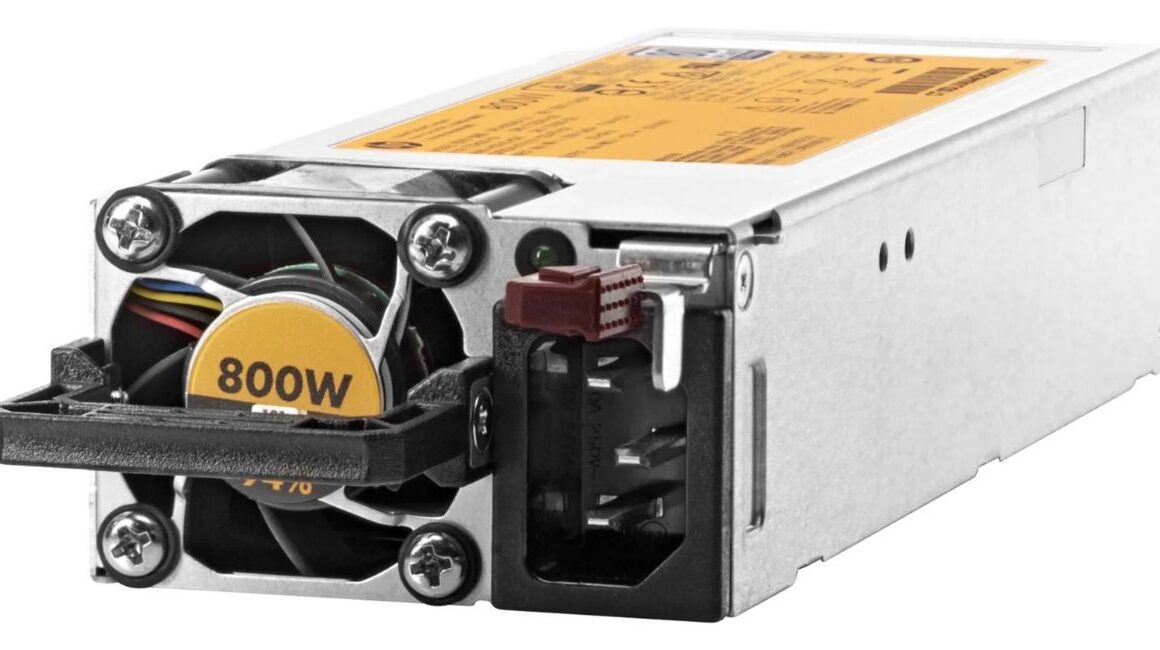A pair of cymbals on a drum set is more than just a percussion accessory — it’s the heart of rhythm, dynamics, and expression in any performance. Whether you are playing rock, jazz, metal, or funk, the right pair of cymbals can completely transform your sound. For drummers at every level, understanding how to choose, set up, and use cymbals is a fundamental skill.
Cymbals offer everything from subtle grooves to explosive crashes. The unique textures, tones, and techniques you can create with a pair of cymbals make them essential to any drum kit. In this complete guide, we will explore different types of cymbals, their roles, proper setup, style choices, and creative tips to enhance your drumming skills.
What Is a Pair of Cymbals on a Drum Set?
A pair of cymbals on a drum set usually refers to hi-hat cymbals, which consist of two cymbals mounted on a stand. These are played by striking with sticks or by opening and closing the pedal with your foot. Hi-hats create a wide range of sounds, from tight “chick” hits to loose, washy textures.
Besides hi-hats, other common pairs include crash cymbals or matched ride cymbals used for specific purposes. A crash pair might be used for orchestral accents or dual crashes in rock. The combination of cymbals enhances versatility and gives drummers control over both rhythm and atmosphere.
Types of Cymbal Pairs and Their Uses
Hi-Hats: The Core Cymbal Pair
Hi-hats are the most essential pair of cymbals on a drum set. They usually measure between 13 to 15 inches in diameter and are controlled by a foot pedal. Closed hi-hats produce a sharp “tick” sound, while open ones give a loose, sizzle-like tone. Hi-hats are heavily used in all modern music genres, especially pop, jazz, and rock.
Crash Pairs and Ride Pairs
Crash cymbals are often used in pairs on opposite sides of the kit. One might be thin and bright, while the other is dark and explosive. Some drummers pair a crash with a ride for contrast in tone and playing style. For example, jazz drummers may use two rides with slightly different pitches for variety in rhythm sections. In heavy genres, drummers may even use pairs of china cymbals for aggressive accents.
How to Set Up a Pair of Cymbals Correctly
Setting up your pair of cymbals on a drum set properly is essential for comfort, technique, and sound. Let’s start with hi-hats. Position the hi-hat stand so the pedal is easy to reach. The cymbals should be about an inch apart when open and lightly touching when closed. Adjust tension with the clutch screw depending on how loose or tight you want your sound.
Crash and ride cymbals should be mounted with felts and sleeves to avoid damage. Place your cymbals where you can easily strike them without overextending your arms. Angling the cymbals slightly downward prevents stick wear and wrist strain. Always tighten your stands enough to hold the cymbals steady, but not too tight to restrict vibration.
Choosing the Right Pair of Cymbals for Your Style
The ideal pair of cymbals on a drum set depends on your genre and playing style. For rock and metal, choose heavy cymbals that offer volume and durability. Look for bright-sounding crash pairs and strong hi-hats that can cut through loud mixes. In jazz or acoustic styles, opt for lighter, thinner cymbals that offer more sensitivity and dynamic range.
Size and material also matter. A pair of 14” hi-hats is versatile, while 13” versions are tighter and faster. Bronze alloy (like B20) offers warm, complex tones, while B8 alloys provide brighter and punchier sounds. You can even experiment with mixing different brands and sizes for a custom, personal tone.
Creative Techniques for Using Cymbal Pairs
Hi-Hat Tricks
With a pair of cymbals on a drum set, especially hi-hats, you can create many expressive techniques. Use foot splashes to accent beats without your hands. Open-close accents can add energy to grooves. You can also vary the pressure on your foot to control sustain and tone — this makes your grooves come alive.
Crash and Ride Creativity
Try riding on a crash cymbal for an edgier feel during heavy parts. Stack small cymbals on top of each other for dirty, trashy effects. You can even mute a cymbal with your hand after hitting it to create rhythmic stops. Experimenting with cymbal pairs not only improves your drumming but opens up endless musical ideas.
Conclusion
A pair of cymbals on a drum set is more than just two metal discs — it’s a gateway to creativity, expression, and musical power. Whether you’re using hi-hats for tight beats or crash pairs for dramatic flair, the right cymbals can elevate your playing to the next level.
Take the time to understand cymbal types, experiment with setups, and find your own voice. Your cymbals are your signature — make sure they speak with clarity, character, and creativity.
FAQs
1. What is the most common cymbal pair in a drum set?
Hi-hats are the most common cymbal pair, used in nearly every modern drum kit.
2. Can I use two different brands of cymbals as a pair?
Yes, mixing brands can produce unique sounds, though matching tones may be harder.
3. What size hi-hats are best for beginners?
14” hi-hats are the most versatile and beginner-friendly size.
4. How can I reduce cymbal noise in a small room?
Use low-volume cymbals or cymbal mutes to practice quietly.
5. Are crash cymbals sold in pairs?
Usually not, but some orchestral or performance setups use matched crash pairs.
6. How do I prevent my cymbals from cracking?
Mount them properly with felts and avoid hitting too hard or at bad angles.
7. What is a foot splash?
A quick opening and closing of hi-hats using the foot pedal for a short, sharp sound.
8. Can I ride on a crash cymbal?
Yes, many drummers ride on crash cymbals for aggressive or energetic parts.
9. What alloy is best for cymbals?
B20 bronze offers rich, warm tones and is preferred by professionals.
10. How do I clean my cymbals safely?
Use a soft cloth and cymbal cleaner; avoid strong chemicals and scrubbing.



